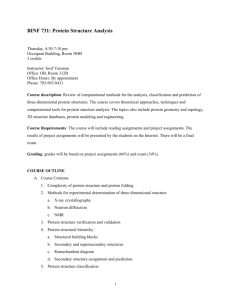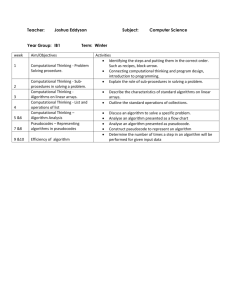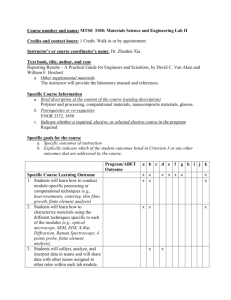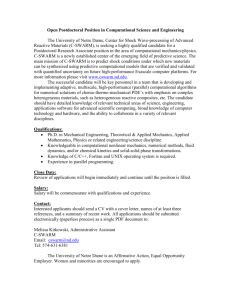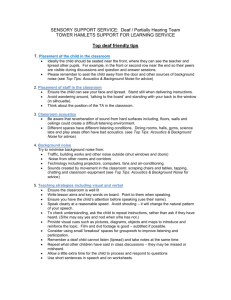Introduction to computational acoustics
advertisement
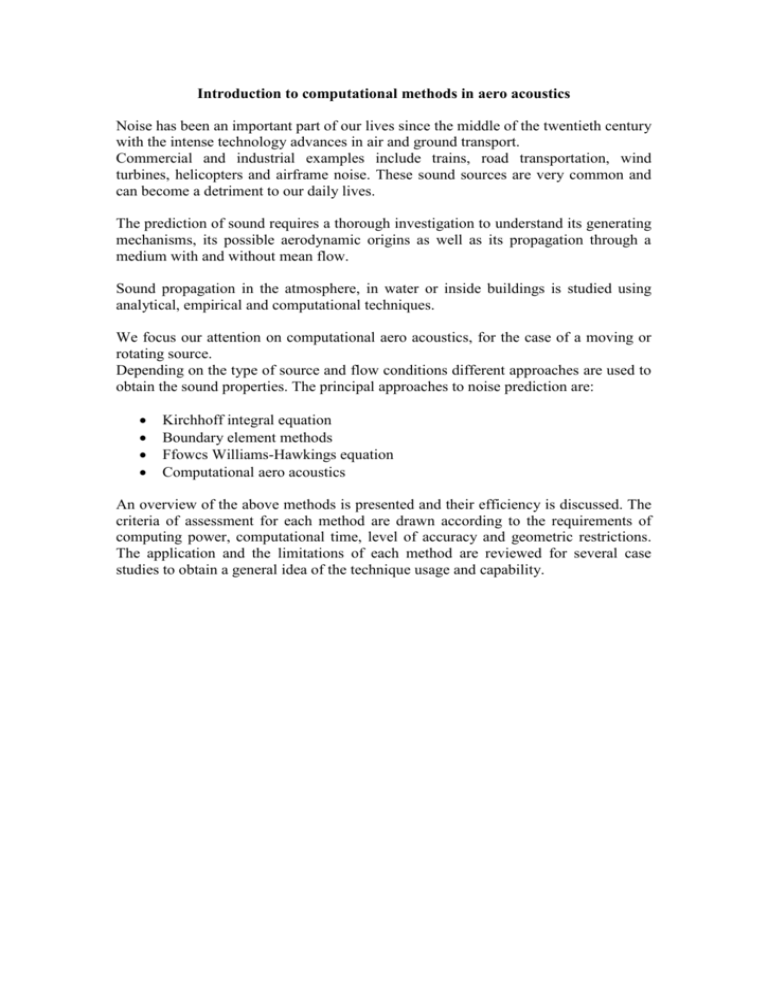
Introduction to computational methods in aero acoustics Noise has been an important part of our lives since the middle of the twentieth century with the intense technology advances in air and ground transport. Commercial and industrial examples include trains, road transportation, wind turbines, helicopters and airframe noise. These sound sources are very common and can become a detriment to our daily lives. The prediction of sound requires a thorough investigation to understand its generating mechanisms, its possible aerodynamic origins as well as its propagation through a medium with and without mean flow. Sound propagation in the atmosphere, in water or inside buildings is studied using analytical, empirical and computational techniques. We focus our attention on computational aero acoustics, for the case of a moving or rotating source. Depending on the type of source and flow conditions different approaches are used to obtain the sound properties. The principal approaches to noise prediction are: Kirchhoff integral equation Boundary element methods Ffowcs Williams-Hawkings equation Computational aero acoustics An overview of the above methods is presented and their efficiency is discussed. The criteria of assessment for each method are drawn according to the requirements of computing power, computational time, level of accuracy and geometric restrictions. The application and the limitations of each method are reviewed for several case studies to obtain a general idea of the technique usage and capability.





